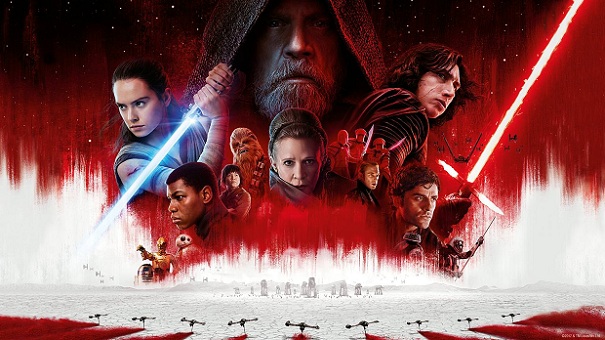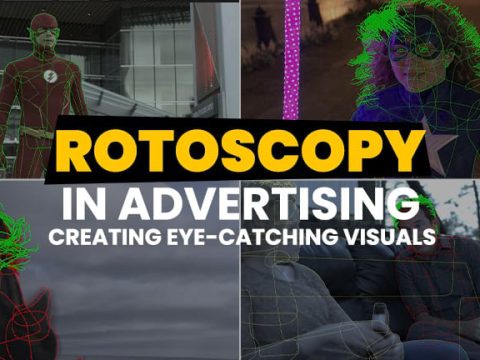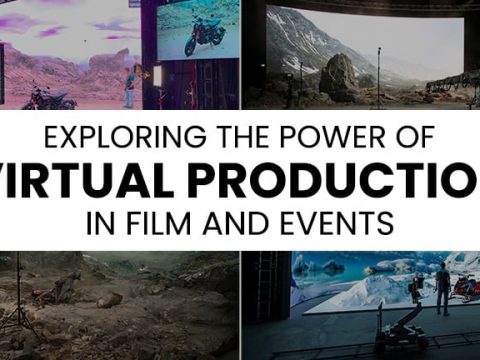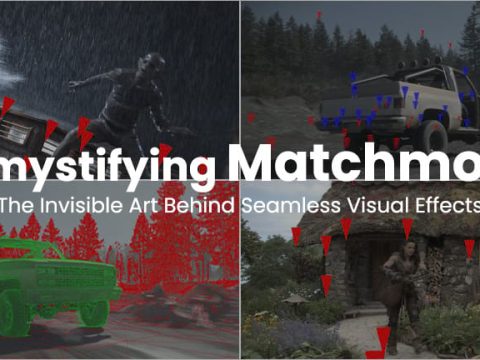
How VFX Is Creating Frenzy in the Web Series Industry
December 20, 2017
5 frontrunners of the Oscars’ VFX category and why they deserved the nomination
February 21, 20181
Star Wars: The Last Jedi (also known as Star Wars: Episode VIII – The Last Jedi) is the latest entry in the Star Wars universes. The epic space opera began with the Star Wars (later retitled Star Wars: Episode IV – A New Hope) in 1977 and the rest is history. Over the period of 40 years, these movies have not only entertained us, but also continually created remarkable benchmarks in terms of film making and the various departments involved in it. And, one of the greatest highlights of every Star Wars movie has been the use of technology to produce some of the most breathtaking visuals. These movies are also popular among fans for introducing various alien or non-human and robotic VFX characters such as Chewbacca, C-3PO, R2-D2, BB-8, Yoda, Ewoks, Jar Jar Binks, Maz Kanata, Porgs, etc.
Likewise, The Last Jedi also features some new VFX characters that have been created using creative practical effects and groundbreaking VFX. Through this blog, we are exploring how the visual effects in Star Wars: The Last Jedi helped create these iconic VFX characters.
Star Wars: The Last Jedi Characters
The Porgs
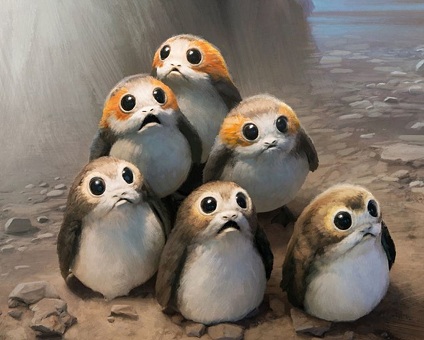
The puffins, mainly found in Ireland, inspire these cute little creatures. Director Rian Johnson worked with Neal Scanlan’s creature team, to create the tiny orange, black, and white Porgs that have the face of a pug with little chicken feet.As a Star Wars tradition of using practical effects, various practical puppets were created as animatronic version for the different shots of Porgs. However, the puppets weren’t giving the range of performance that the director wanted, so that team had to build CG versions too.
The Vulptices
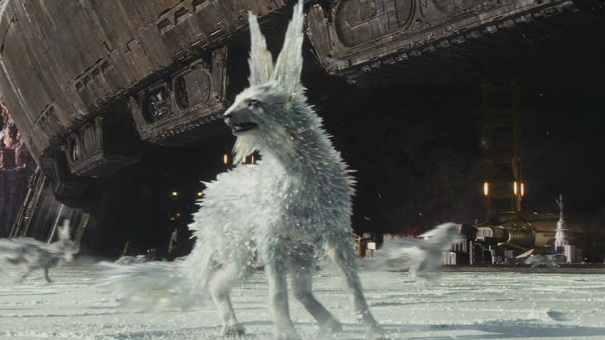
The Vultpices that look like crystal foxes are found on the mineral planet Crait in the Star Wars Universe. The Vultpices play an important part in the movie and the director had a clear vision about how the characters should look and sound. Therefore, Neal and his team designed and built an animatronic puppet as done for the Porgs. The team also used a trained dog with drinking straws on it to study the movement of the character. However, the crystal foxes were ultimately created fully in CG due to required detailed look.
The Fathiers
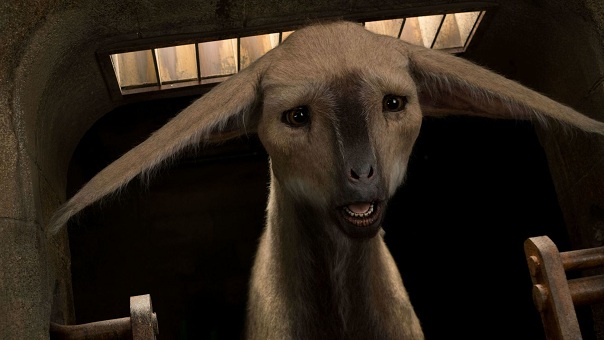
Although these VFX characters might look like a goat in the first impression, but they are referred to as “space horses” in The Last Jedi. Owing to their contribution in the movie they quickly became one of the most memorable additions in the long list of characters in the franchise.Fathiers are trained to run in high-stakes races and are kept captive on the casino planet Canto Bight.
Creating the fathiers was an intricate process because they have long ears, large eyes, goat-like faces, and run like a cat in many ways, but at a speed of 40 to 50 miles an hour giving the character its unique quality.The team initially used heavy shoulder puppet for various shots, and then moved onto CG and VFX for the complex action scenes. They also used special effects rigs as the actors had to ride on the fathiers’ backs in a chase sequence.
Snoke
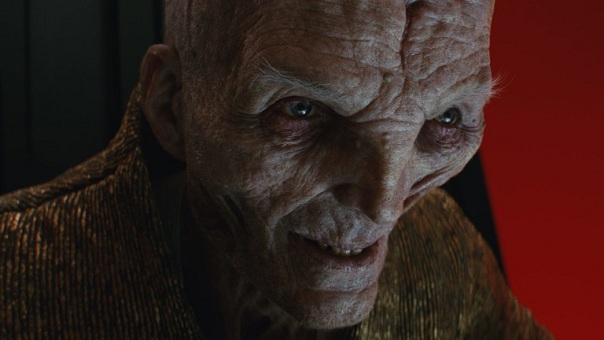
The character is originally played by performance-capture specialist Andy Serkis. The menacing villain was first introduced in Star Wars: The Force Awakens (2015) as a heavily stylised, 25-foot-tall hologram version. However,for The Last Jedi director Rian Johnson wanted to “bring Snoke out of the shadows and make him real”. To achieve this the VFX team had to scale down him downto7-8 feet tall and redesign the look of his face/skin/body for creating an old aged, realistic human character.In order to highlight the details of Snoke’s disfigured face and anatomy,the team took inspiration from real-life cases of healed scar tissue and structural deformity.Along with the research team of Industrial Light & Magic (ILM), the Creature FX team created a painted sculpture and a maquette as a starting point for rebuilding the character.However, the initial concept didn’t translate well into the CG character, also it didn’t support Andy Serkis’ forceful and powerful voice.So ILM restructured Snoke’s face, made his shoulders broader, straightened his back, and the final render was approved by the director Rian.
Yoda
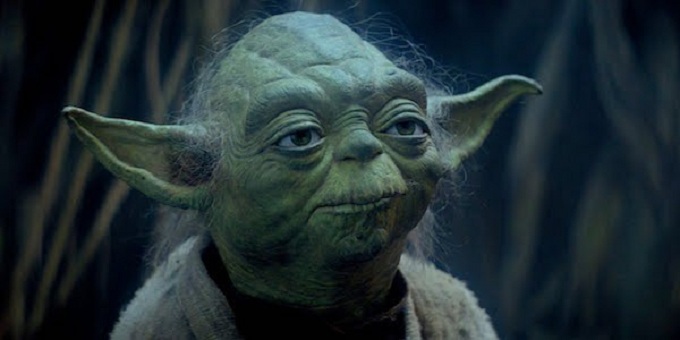
Yoda is one of the most loved characters in the Star Wars Universe and has featured in all 3 movie trilogies made until now. While making the original trilogy (1977, 1980 &1983) George Lucas and his team resorted to practical effects and puppetry for portraying the character. Frank Oz is the puppeteer and voice of Yoda in these movies.Whereas, the VFX character was mostly CG and animation in the prequel trilogy (1999, 2002&2005). However,in the sequel trilogy,Yoda is again a physical hand puppet (voiced again by Frank Oz),that was designed and built by Neal Scanlan’s CFX team.
In terms of VFX work in the shots involving Yoda in The Last Jedi, the team added the Force ghost effect and put a very subtle treatment around his edges. They also made some minimal adjustments to the facial presentation in 2D and cleaned the puppeteering rigs for the final scene.
Apart from the aforementioned, there are various other unique VFX characters that have been introduced in The Last Jedi and the Star Wars Universe. While a comprehensive list of all the non-human characters including creatures, monsters, droids, etc. in the franchise could fill countless pages. And the list is only going to increase with the universe expanding through new movies, cartoons, books, TV shows and what not.
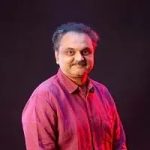
Anoop Chaphekar
A Fine Arts Graduate, Anoop brings 20+ yrs experience in the VFX and Animation industry. He brings his expertise in Animation-VFX for Television Commercials to Visual Effects for feature films, TV and Web series.
1

